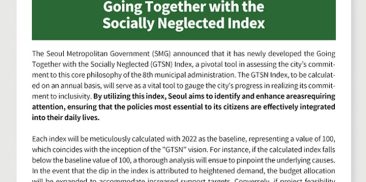ソウルの文化遺産
-
Namsan Public Library, Korea’s first public library
-
ソウルの文化遺産 登録日投稿者SMG ヒット2,531With Japan’s cultural control in the 1920s, restrictions on the press were eased and modern libraries emerged in Korea. The Gyeongseong Prefecture Library (the former Namsan Public Library), Korea’s first public library, was established amid such social circumstances. A result of Japanese colonial reform policy, the Namsan Public Library was a haven for Korean people with a thirst for knowledge. On October 6, 1922, the Gyeongseong Prefecture Library opened its doors in the former Hanseong Hospital, in Myeong-dong, but moved to the Daegwanjeong Building, in Sogong-dong, in May 1927. The library was renamed the “Gyeongseong Prefecture Namdaemun Library” on December 19, 1945, and the “Seoul Municipal Namdaemun Library” on September 28, 1946. The library was then moved to its present location on Namsan Mountain on January 27, 1965, and has been open to the public as the “Namsan Public Library” since that time. The five-story ferroconcrete Namsan Public Library building is a large cultural hall equipped with a collection of over 7,000 books, an audiovisual room, an exhibition hall, and a music room with a total capacity of 1,602 seats. Beginning as a library with some 2,000 books and a capacity of 60 seats, the Namsan Public Library is now a major full-service library that boasts a collection of over 500,000 books. During the Japanese colonial period, the Namsan Public Library was a place that gave wings to the dreams of young students, but now serves as an important part of Korean history.
Like It
158 人がいいね!と言っています。







